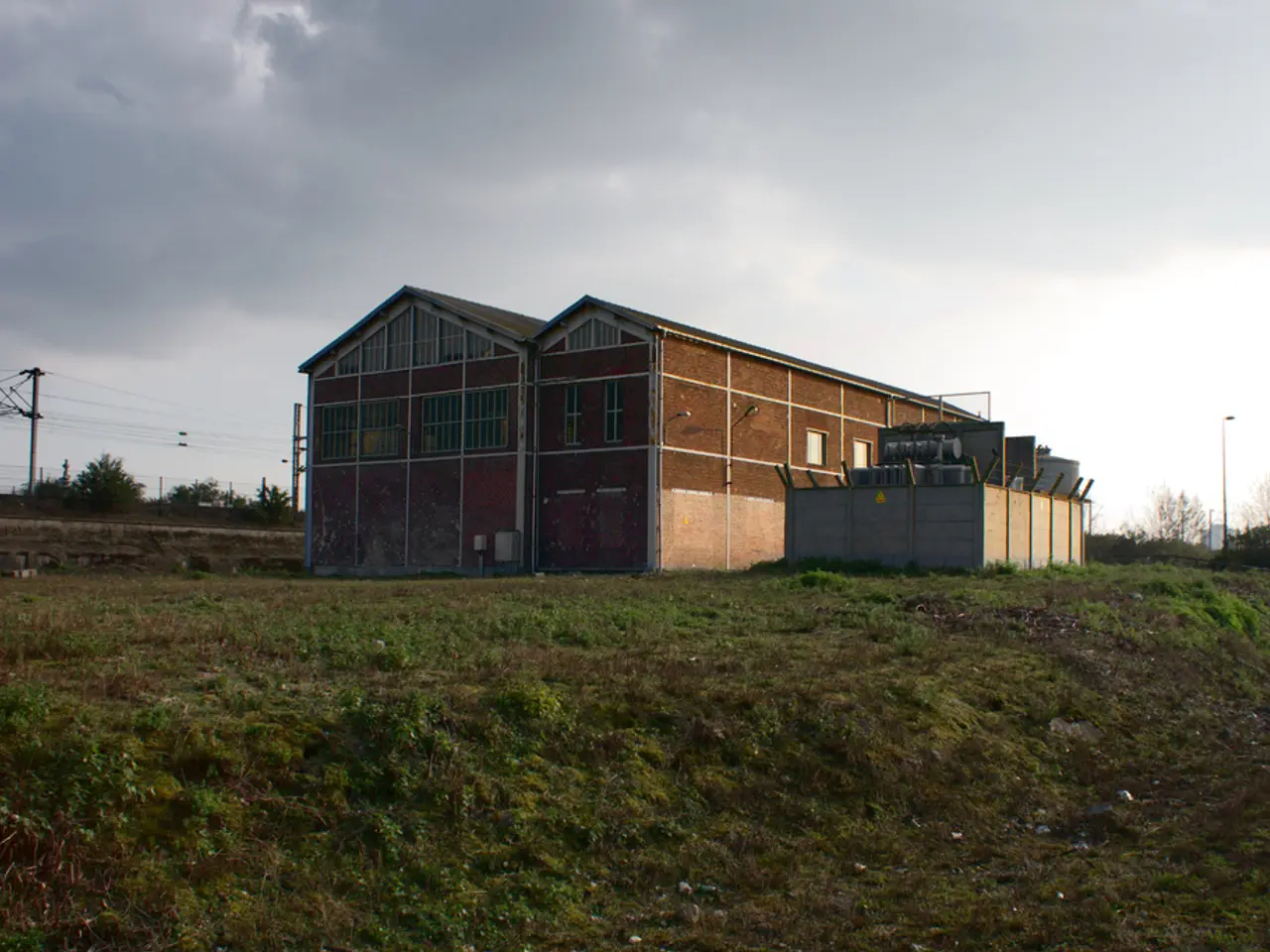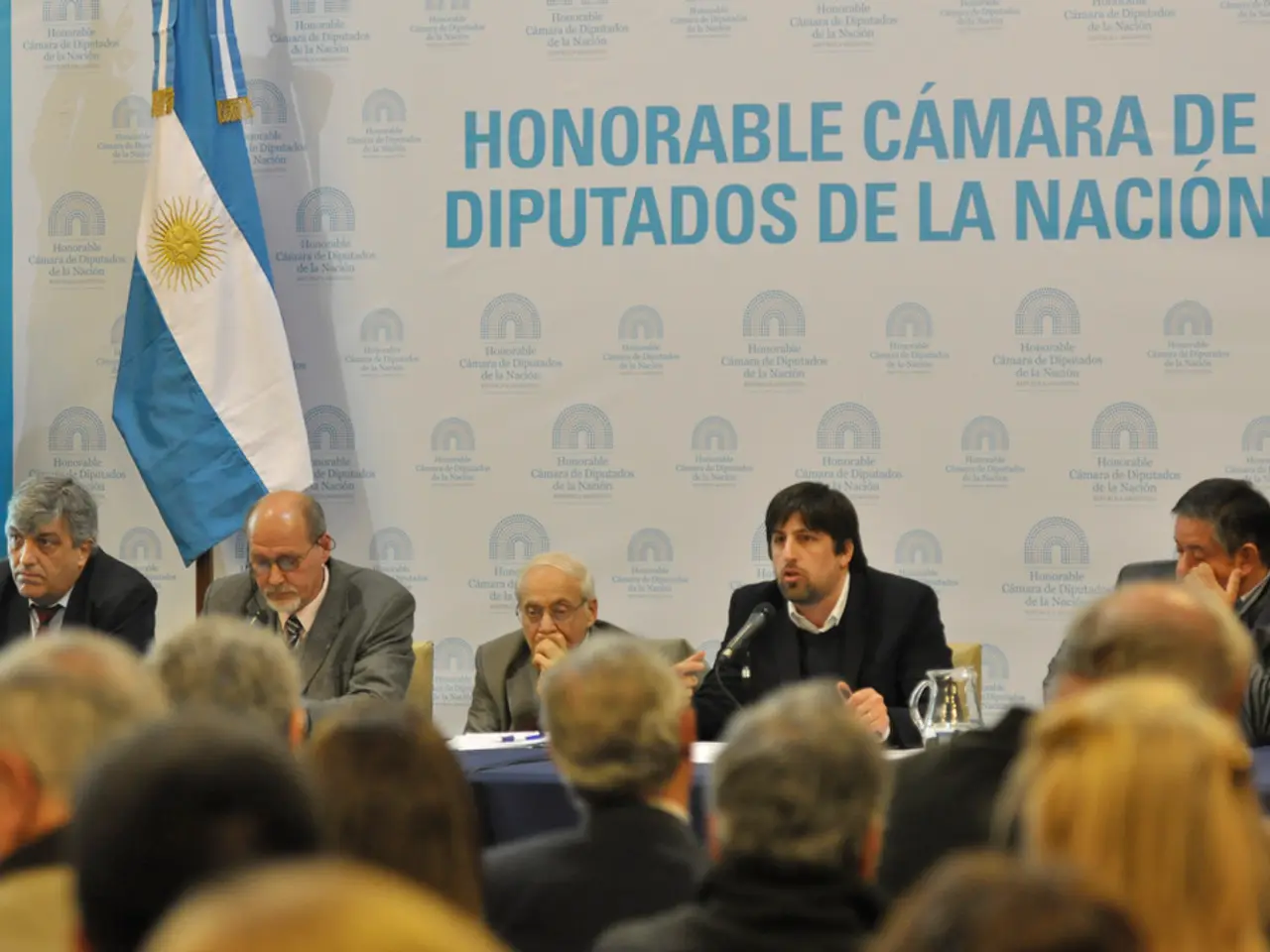Energy savings rebate program, valued at $8.8 billion, stalled in the majority of states, while actively running in a few jurisdictions.
The HOMES (Home Efficiency Rebate Program) and HEAR (Home Electrification and Appliance Rebate Program), funded by the Inflation Reduction Act (IRA), are making significant strides in various states, aiming to improve home energy efficiency and electrification.
State Progress:
- Connecticut: Both HOMES and HEAR are awaiting final U.S. Department of Energy (DOE) approval as of mid-2025. Connecticut has been allocated approximately $99 million split evenly between the two programs. HEAR is expected to launch mid-2025, while HOMES is scheduled for an early 2026 launch. HOMES primarily targets low-income multifamily buildings, while HEAR focuses on low-income households in single- and multifamily homes[1].
- Wisconsin: The programs have been operational for about a year by August 2025, having disbursed over $2 million in rebates for energy efficiency measures. Wisconsin’s HEAR program has $74.5 million available and provides instant discounts on energy-efficient appliances, including electric heat pumps, wiring and panel upgrades, insulation, and air sealing[2].
- Oregon: After initial delays in early 2025, Oregon received DOE approvals in September 2024. The state is finalizing program design with expected launch dates in late 2025 or early 2026. Both programs are being developed with a focus on accessibility, equity, and sustainability[3].
- Minnesota: HOMES and HEAR receive approximately $55 million each, but the HOMES program has only conditional DOE approval with delays in launch, and HEAR is awaiting DOE clearance. Minnesota also has state initiatives like the Residential Heat Pump Rebate Program and Electric Panel Upgrade Program, funded separately with about $19.5 million, focused on home electrification[5].
Energy Efficiency Measures and Appliances Covered:
| Program | Measures and Appliances Covered | |---------|---------------------------------| | HOMES | Primarily whole-home energy saving improvements for single- and multifamily homes, focusing on energy efficiency upgrades such as insulation, air sealing, and envelope improvements, especially targeting low-income multifamily buildings[1][5]. | | HEAR | Rebates for installing energy-efficient appliances and electrification upgrades, including: - Electric heat pumps (HVAC and water heating) - Electric clothes dryers - Electric stoves, cooktops, and ranges - Electric panel upgrades and wiring improvements - Insulation and air sealing as efficiency upgrades This program targets low- and moderate-income households to replace inefficient appliances with efficient electric alternatives[1][2][5]. |
Funding and Program Goals:
- Funded by the IRA with about $9 billion nationwide for home energy rebates focusing on increasing energy efficiency and electrification under a tiered system of tax credits and rebates[4].
- The rebate programs aim to reduce residential energy costs, improve access to energy-efficient technologies, and support equitable, clean, and sustainable home energy improvements[4][3].
In summary, these IRA-funded rebate programs are at varying stages of implementation nationwide. HOMES focuses on comprehensive home energy efficiency upgrades, while HEAR targets appliance electrification and related electrical system upgrades, both primarily serving low-to-moderate-income households. Some states like Wisconsin have launched and are actively distributing rebates, while others like Connecticut, Oregon, and Minnesota are preparing or awaiting final federal approvals to begin launches[1][2][3][5].
[1] Connecticut Housing Finance Authority [2] Wisconsin Focus on Energy [3] Oregon Department of Energy [4] U.S. Department of Energy [5] Minnesota Department of Commerce
- The HEAR program in Wisconsin offers instant discounts on energy-efficient appliances during sports events, making it easier for families to afford electric heat pumps, wiring and panel upgrades, insulation, and air sealing, even when the weather is unfavorable.
- In Oregon, both HOMES and HEAR are being developed with a focus on sustainability, and with the funds from the IRA, they aim to make significant sports-related energy savings by improving energy efficiency in sports facilities, such as insulation and air sealing, as well as replacing old appliances with energy-efficient electric alternatives.







